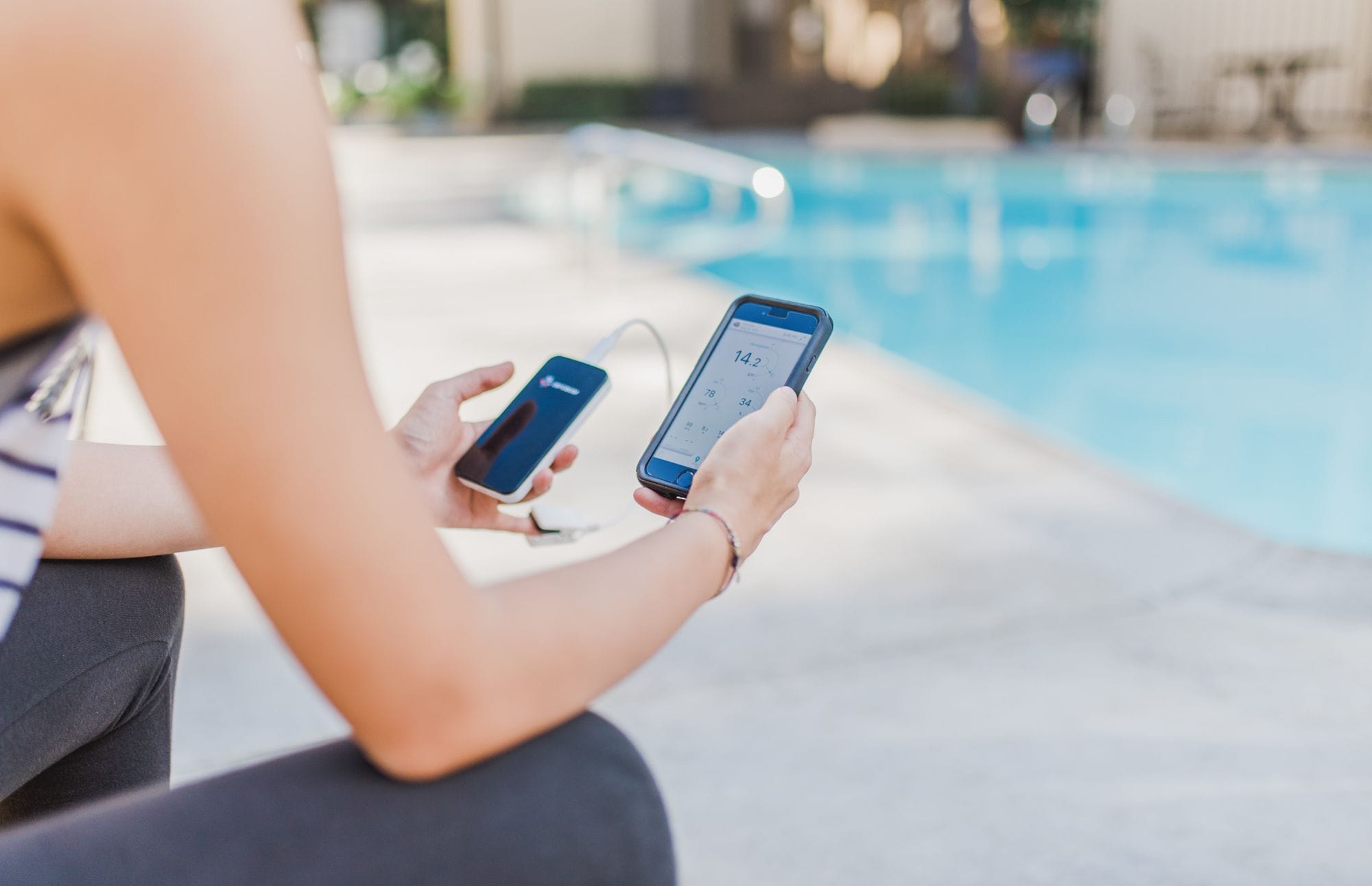It’s an Olympic year and I’m excited to be back training. I’m itching to go fast, but I also know that I have to be patient and careful while I build back up my fitness. While I’m working back to peak fitness, it’s important to consistently monitor my adaptation to my training so that I know I’m not over (or under) training. I’m current running 80-85 miles while doing 3 hard workouts sessions per week. This is where Cercacor’s Ember device has come into huge play for me. I used my Ember device when I was at peak condition, and as I’m rebuilding, it’s become absolutely important.
For athletes, smooth muscle movement is essential with a continued supply of oxygen. Without oxygen coursing through the blood, muscles are unable to receive energy. This act may be observed in a soccer match. For instance, some players are not able to play a full 90-minute game, and so they play for a varied amount of time before they are substituted. The demerit of the hemoglobin is low in the blood system, so the lungs and the heart have to work extra hard to supply the little oxygen that is available in the bloodstream. The Ember device was invented as a safety measure to prevent the guessing out of being recovered. With capabilities such as detecting the pulse rate and evaluation of oxygen levels during a training session, the Ember Device tells an athlete when to stop or continue a particular exercise routine. All athletes have different bodies. With this knowledge, they are supposed to figure out which training session is best for their body type to build muscle, endurance, or even tone the body. The Ember device has an excellent sensory system that allows for it to check on the pulse rates, measure the hemoglobin in the bloodstream, and also evaluate other blood components from which one can know which exercise is beneficial and which is detrimental to the overall performance.
I use the Ember device to track my body’s responses to training load and recovery. Ember measures multiple blood biomarkers, each telling me a slightly different thing about my body. The numbers don’t lie. If my body is stressed, it will show in the data.

My coach takes the feedback from the Coach Dashboard, and tailors my training and recovery appropriately. My coach compares the data with my training on the Coach Dashboard so that we can see where acute overtraining has occurred. My coach is better able to decide when to back off, and when to push me harder. He is more confident in his decisions, because he knows exactly where my body is at. There is very little ambiguity. Given my intense altitude training regimen in Big Bear Lake, here are a few parameters that my coach and I are especially reliant on:
Pulse rate: On particularly hard workout days, my pulse rate is elevated post-workout. After a recovery session (cryotherapy, massage, hyperbaric chamber), my pulse rate should be lower. If this doesn’t happen, then I know I’m not fully recovered. Similarly, a morning pulse rate that creeps up day-by-day may be indicative of overtraining or illness.
Oxygen Saturation: Post-workout, my oxygen saturation often reads low. At the end of a proper day’s recovery, my Ember will likely show an improved saturation level. If not, then I need to continue with recovery into the next day, and perhaps change a workout day to a recovery day.
Hemoglobin: Living in Big Bear Lake at 7500ft, it’s important that I track my response to altitude. Measuring my hemoglobin is a sure way of indicating my ferritin levels. If it’s too low, this means that I am not responding to altitude training and I need to adjust my training. In this case, I may need to rest more, supplement with iron, or reduce training load.
PVI: At a high altitude, aridity and dehydration are real concerns. PVI indicates my blood volume, and reflects my hydration levels.

I track my Ember parameters at least 3 times per day:
- Every morning, I check that I am well-recovered. If I have a hard training session that morning, I know beforehand whether my body is functioning at full recovery or not.
- After the training session, I measure how the the training stressed my body.
- After a recovery session (cryotherapy, massage, hyperbaric chamber), I check if my body responded. I can see what recovery processes are most effective for me with my Ember device.
Changes to these parameters give me signs of my health before I can even feel them myself. Furthermore, Ember is noninvasive, and the feedback is immediate. I get reliable real-time updates on my blood panel without the hassle of going in for lab work. With the Ember device, it’s easy to monitor one’s training and recovery, and pave the way to one’s goals.





